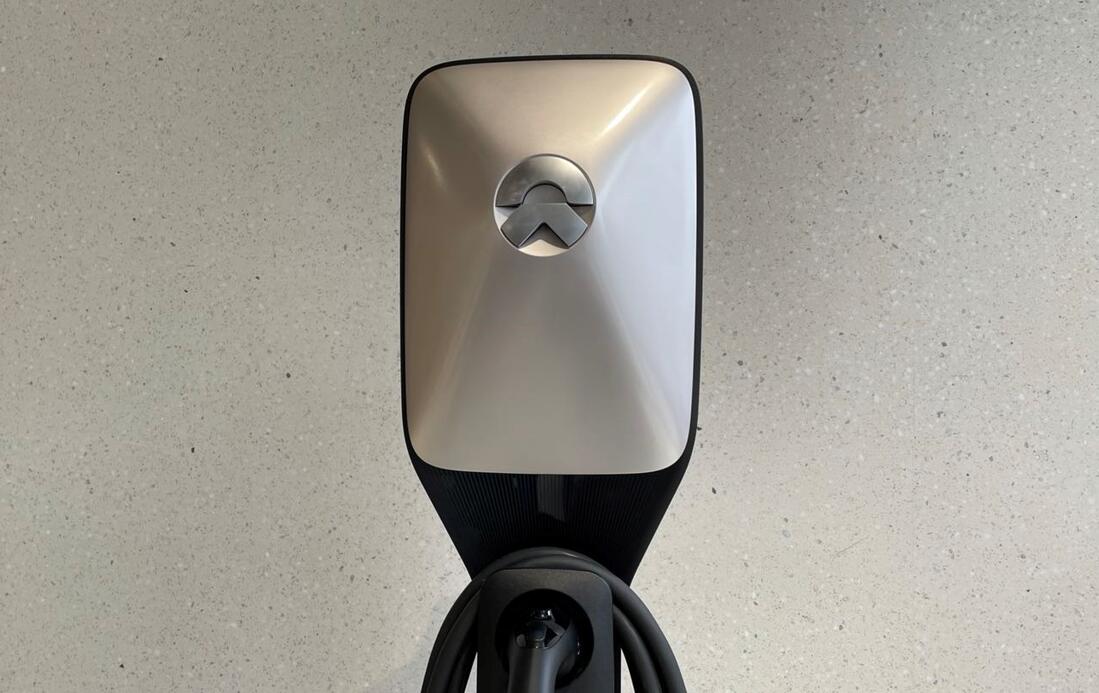Guangdong aims to have a convenient, efficient and moderately advanced charging network system in place by the end of 2025.

(Image credit: CnEVPost)
Guangdong has become the latest to propose a target for the development of charging infrastructure in the coming years amid China's push to transition to electrification of the automotive industry.
The southern China province will accelerate the promotion and application of new energy vehicles (NEVs) and the construction of electric vehicle (EV) charging and battery swap facilities, according to its 14th five-year planning period (2021-2025) energy development plan released by the provincial government on April 13.
The province's goal is to build 4,500 charging stations with 250,000 public charging piles by the end of 2025, forming a convenient and efficient, moderately advanced charging network, according to the plan.
Guangdong will also develop advanced nuclear energy, offshore wind power and solar energy industries, and accelerate the cultivation of hydrogen energy, energy storage, intelligent energy and other emerging industries.
The province aims to have new energy industry revenue reach RMB 730 billion by 2025 and form a leading domestic new energy industry cluster, the plan said.
A similar plan released by the Beijing government on April 1 mentioned that the city aims to reach 2 million NEVs by 2025. As a comparison, at the end of 2020, Beijing's NEV fleet was 400,000 vehicles.
Except for special cases such as emergency and major event support, vehicles in public transportation, rental, sanitation, postal and other public sectors will be basically electrified by 2025, according to the plan.
By 2025, 700,000 charging piles will be built in Beijing, and the average service radius of public charging facilities in plain areas will be less than 3 km, according to the plan.

